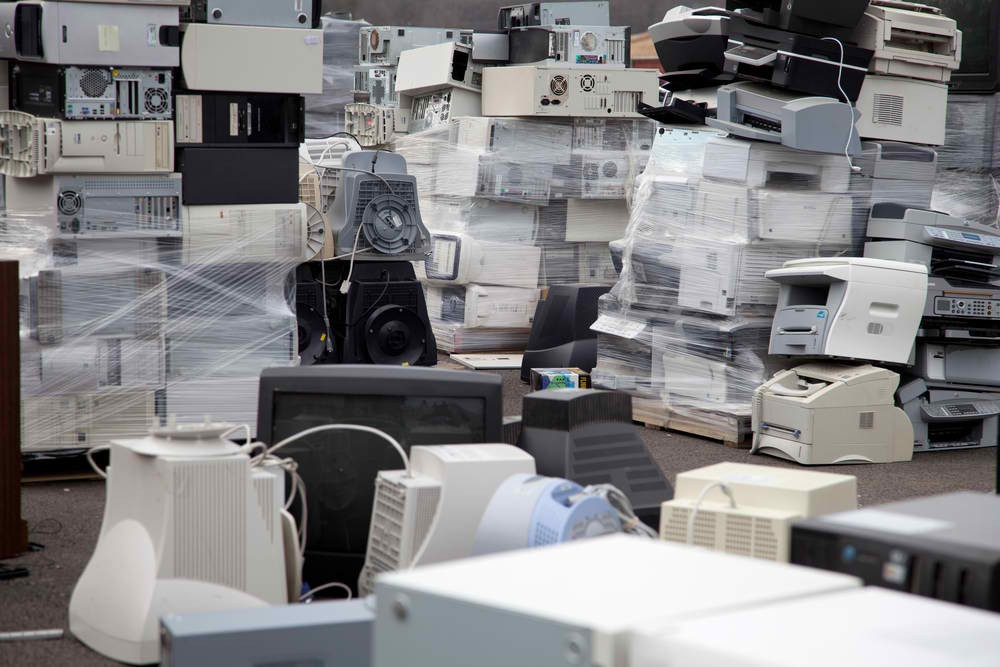
Recycling bins have long been a familiar sight in many offices, encouraging employees to do their bit with used paper and lunch packaging.
Now, some companies are making recycling work for them, turning their ‘trash into cash’ while achieving zero waste buildings.
For example, in Kawasaki, Japan, part of the Keihin Industrial Area, multiple corporations engaged in heavy industry like JFE Group and Nippon Oil Corporation and high technology such as Fujitsu, NEC Corporation, Toshiba, Dell Japan and Sigma Corporation, now divert 586,000 tons of waste from landfills annually – more than the total of municipal waste generated.
Likewise, US-based companies like Dell and Kraft are able to recycle or reuse 95 per cent of the materials used in their global manufacturing operations.
And yet, there’s a common perception that setting up zero-waste programs and infrastructure is expensive. This is not the case, says Ana Wyssmann, JLL’s Solid Waste Program Manager, who participated in a recent Greenbuild International Conference panel discussion on the subject.
“It’s logical to expect that reducing, reusing and recycling material could fuel efficiency across a facility’s entire life cycle, from design and construction through office management and operations,” advises Wyssmann, “Indeed, the recycling and reselling of materials can influence the bottom line for a building. Much like stocks, recyclable materials are commodities in an exchange market where values are constantly in flux.”
Five profitable recycling opportunities
Many materials that companies pay to send to the dump have secret value. Here are five occasions when recycling makes good business sense.
1. Building and demolition waste
In Hong Kong, it’s significantly cheaper to recycle construction waste such as timber, vegetation, packaging waste and other organic materials than just send it to landfill. Waste that is 100 per cent recycled in municipal facilities is charged HK$27 per tonne compared to HKD$125 per tonne if more than 50 per cent of waste requires landfill disposal, according to the Centre for Science and Environment.
Meanwhile in Burari, India, a new facility is dedicated to converting construction material into new concrete mix and pavement blocks. In the United States, construction and resource managers can buy or sell everything from toilets to eye nuts to shingles in an online trading program.
2. Carpet from offices
The nylon fiber in old carpet can be extracted and sold for use in manufacturing new carpet, signage, flooring and other items. At least one US-based company offers free recycling for all of its products, including 5,000 yards or more of floor covering from any international port.
“
The recycling and reselling of materials can influence the bottom line for a building. Much like stocks, recyclable materials are commodities in an exchange market where values are constantly in flux.
Ana Wyssmann, JLL’s Solid Waste Program Manager
3. E-waste
The Green Recycling Exchange’s Computer & Electronics Recycling Section lists daily rates on everything from mixed-scrap integrated circuits and scrap capacitors to photocopiers. A recent search, for example, revealed a Japan company offering US$350/ton for scrap computers.
4. Packaging waste
A recent As You Sow report calculates that $11 billion of recyclable packaging materials are wasted annually. Companies in communities with very high landfill fees may find it cheaper to pay a recycler to haul their plastic trash away than to use the local landfill.
Consider the case of PepsiCo, for instance, which saved $3 million in 2013 by diverting recyclable and reusable materials from landfills. It also eliminated roughly 110 million pounds of packaging material from the market by updating its packaging strategy, an act that also reduced costs by more than $55 million.
5. Other eclectic surprises
An Atlanta-based waste consulting service helps companies cut their waste bills by 20 to 30 per cent, in part with novel recycling opportunities. Leftover pizza dough can be sold for conversion to ethanol, for instance, while 400,000 old supermarket uniforms can be shredded and resold for pet beds.
Rethinking resource management
To get turn their own waste into revenue companies need to look closely at their waste footprint – and consider that there are other businesses who might use those materials, Wyssman says. Like corn and potatoes, recycled materials can be traded in online exchanges, such as Recyclenet.com, that connect buyers with sellers and provide pricing reports.
She says: “What unique materials come out of your offices or building that may be of special interest to recyclers? Connecting high-value, high-volume material with buyers begins with understanding the recycling market. And when commercial property leaders leverage that market knowledge with well-defined metrics for visionary zero-waste campaigns, they unlock hidden value in otherwise wasted material.”
Big data and predictive analytics can be invaluable in providing these insights, she adds. For example, Singapore’s newly revamped public housing network now includes a waste system that uses sensors to monitor disposal patterns. That information will in turn improve bin design and inform waste collection strategy for stronger recycling rates.
